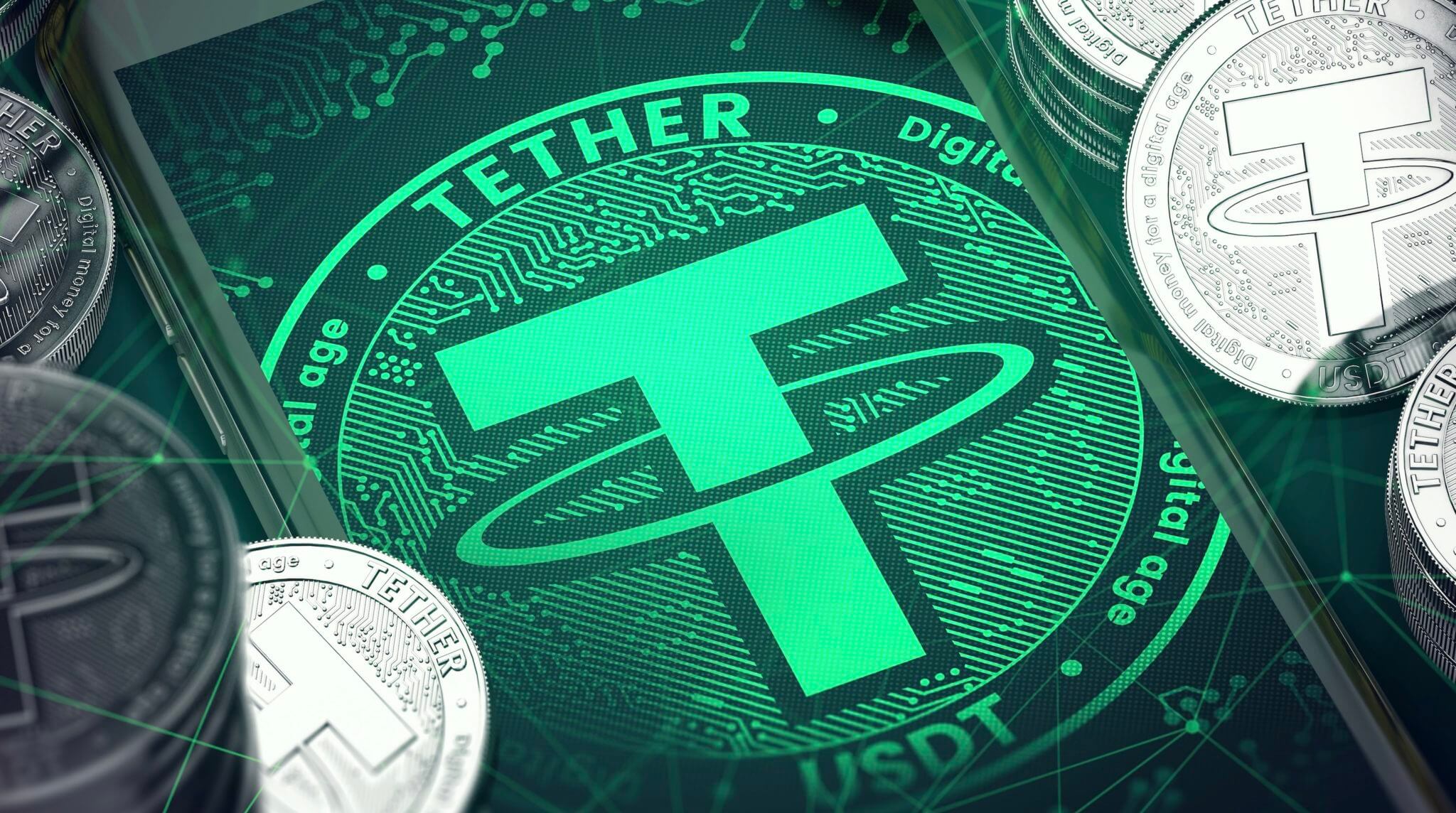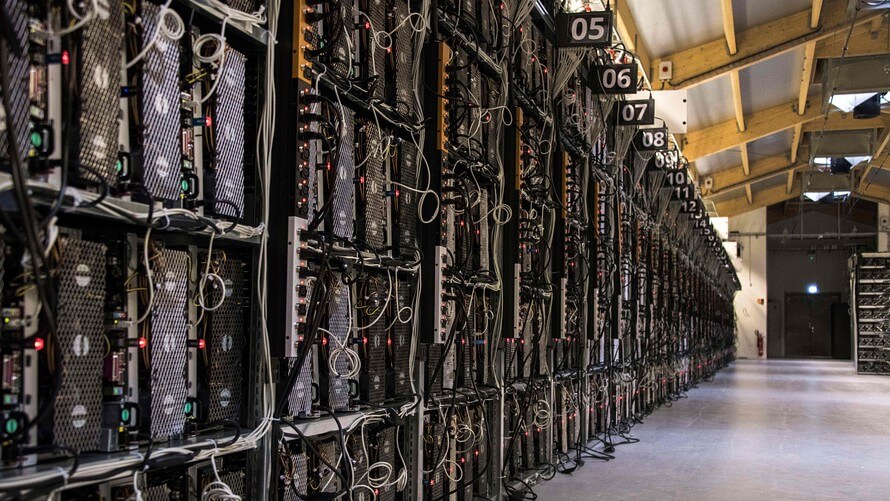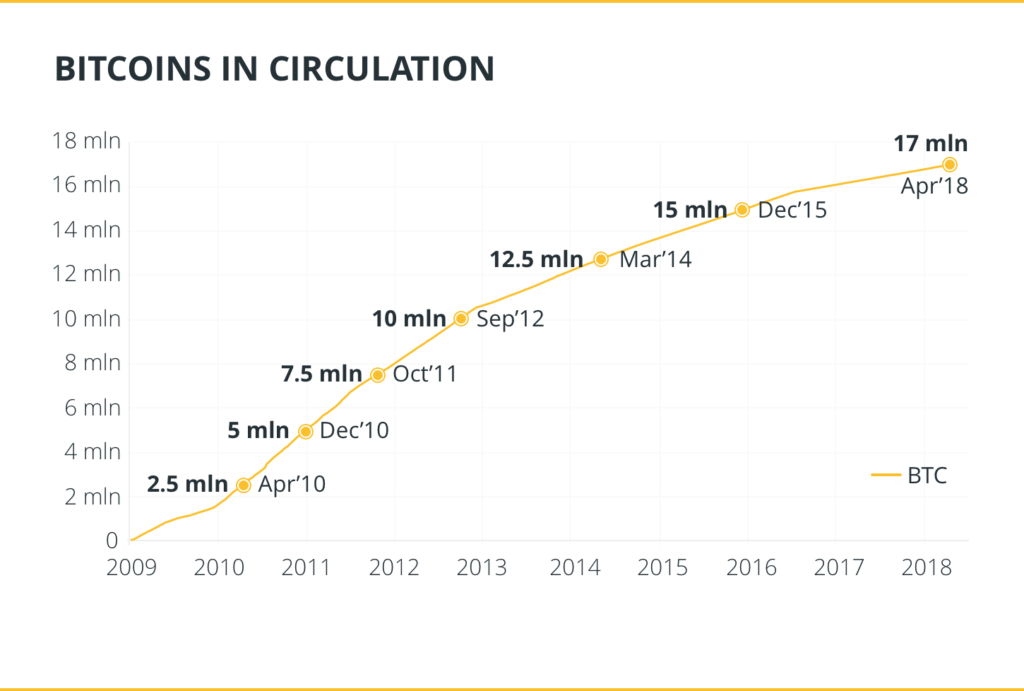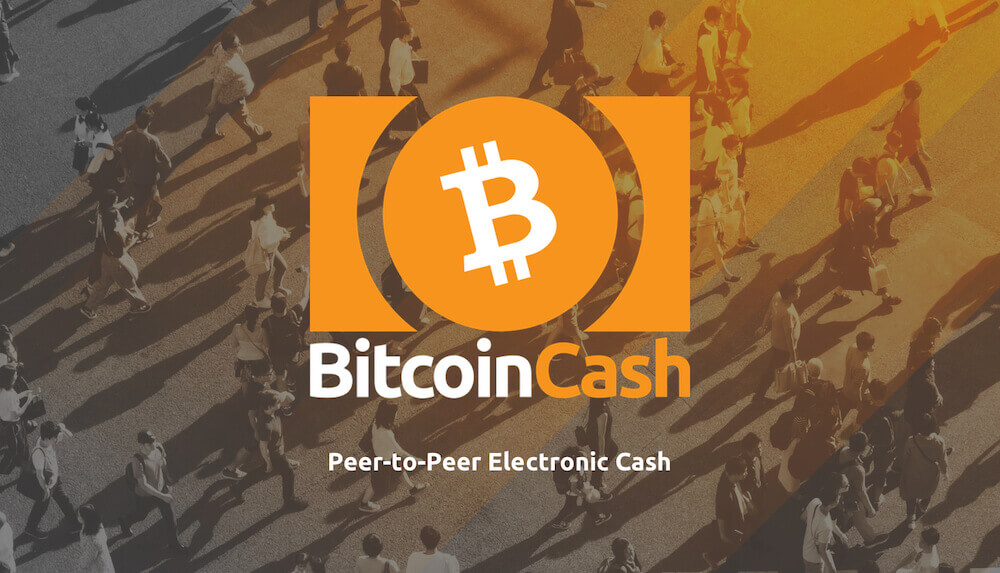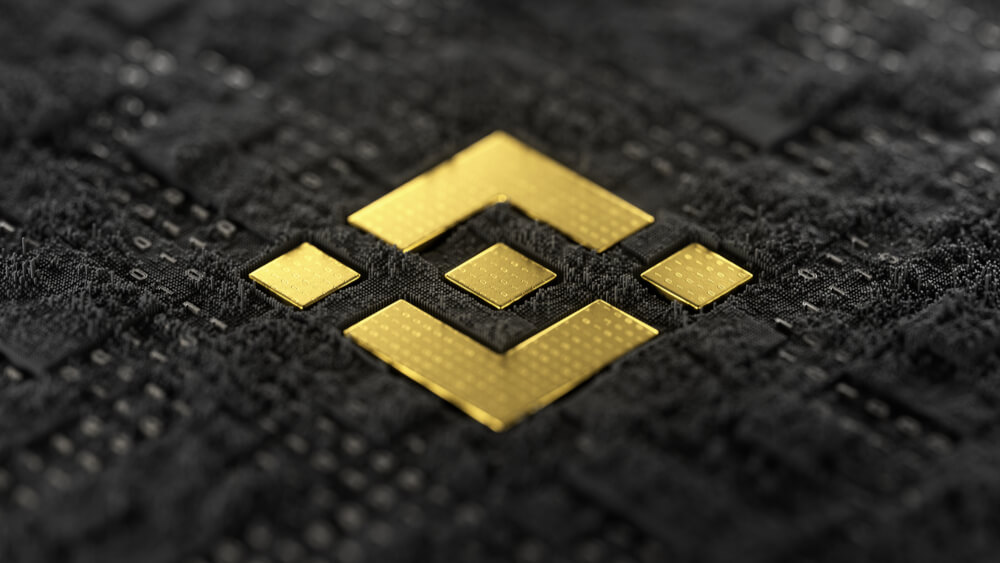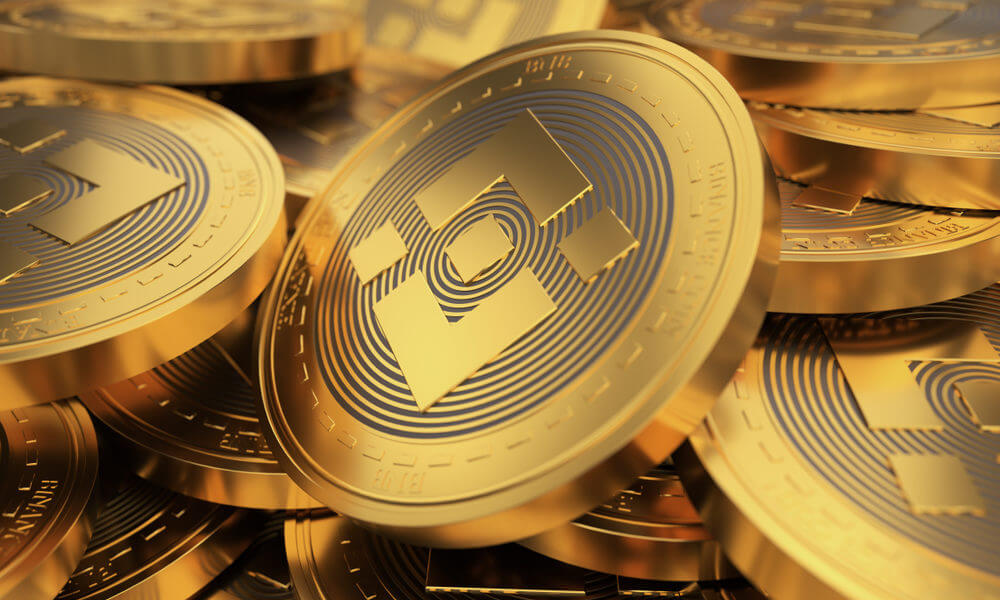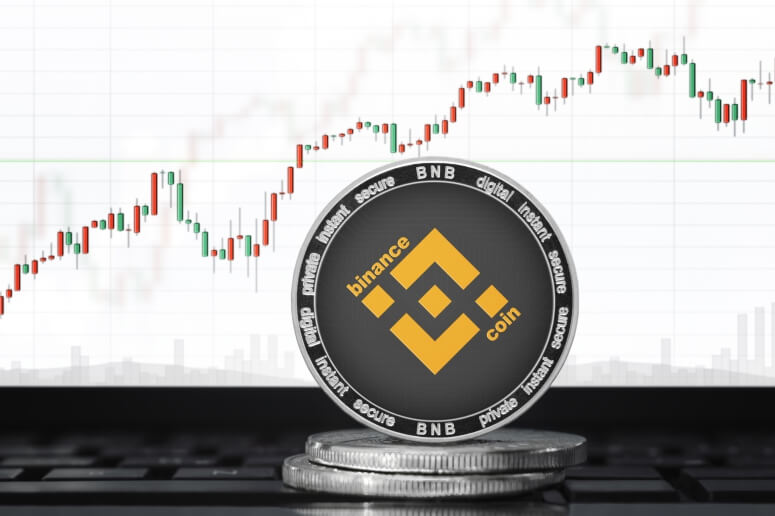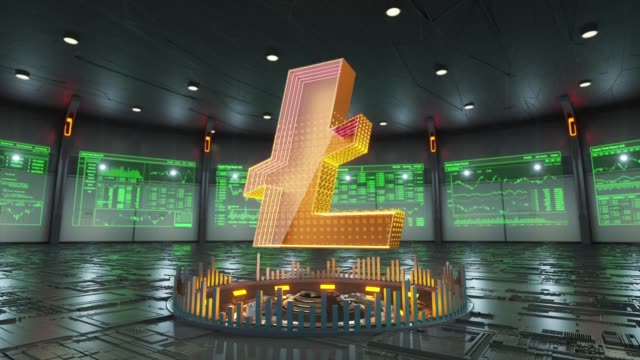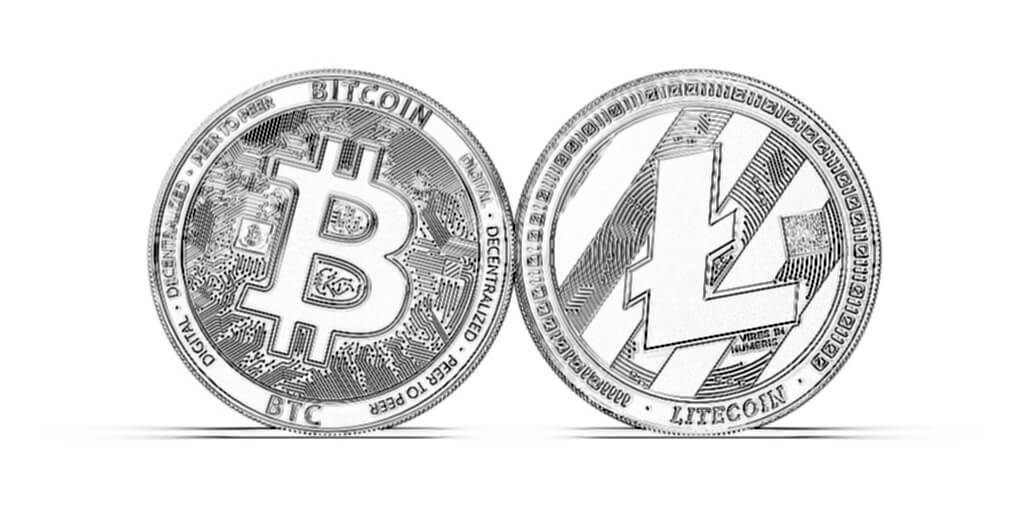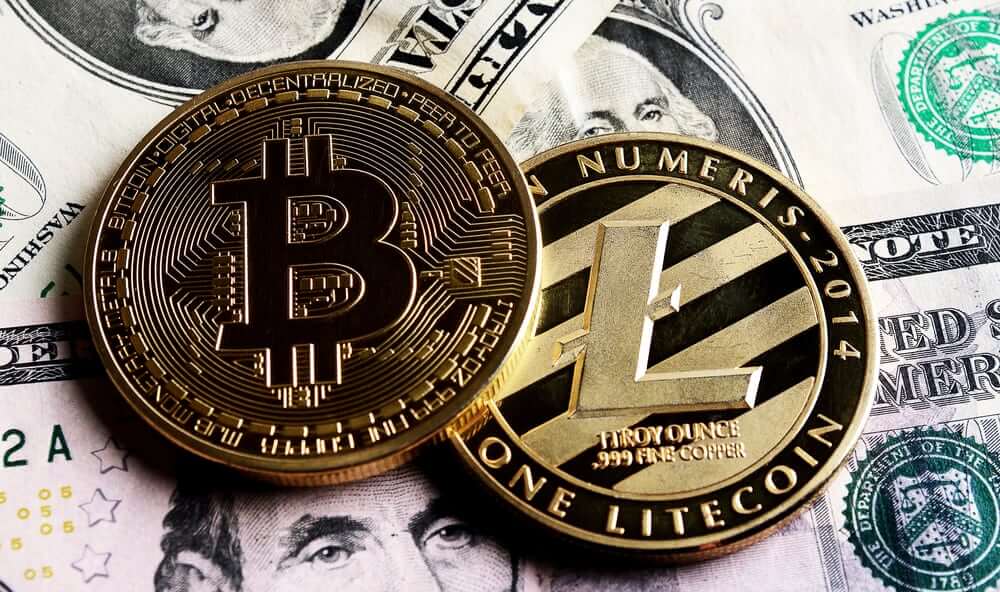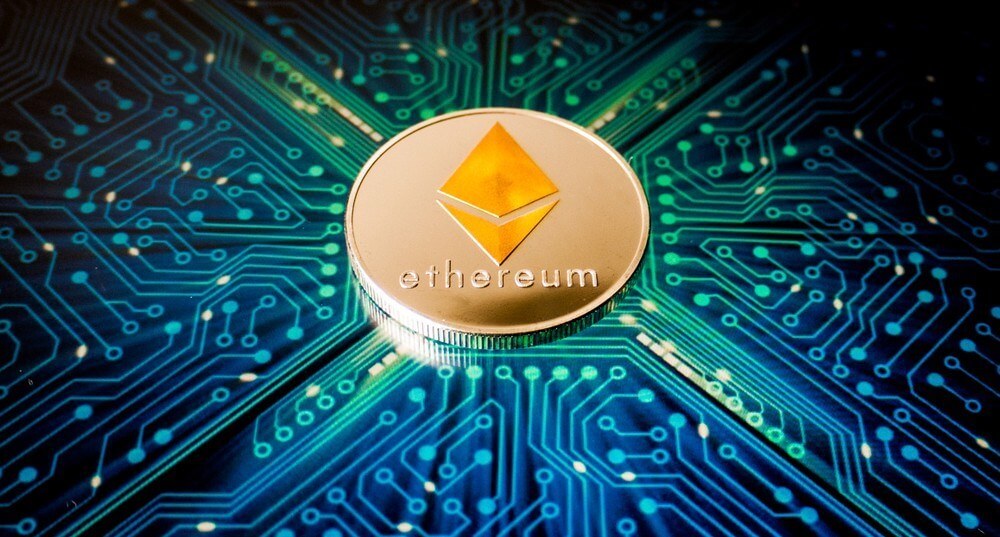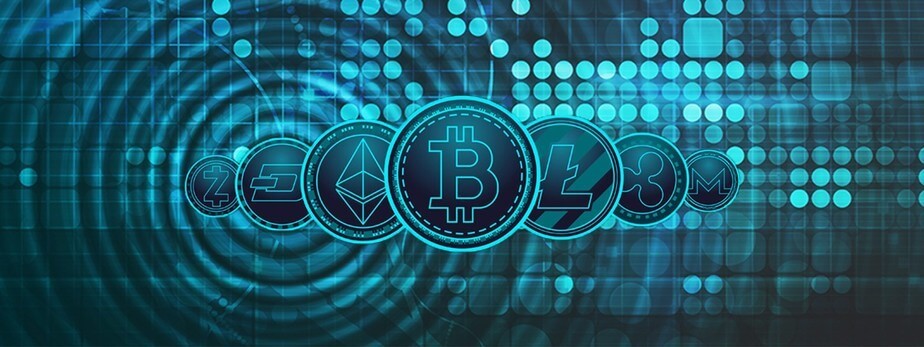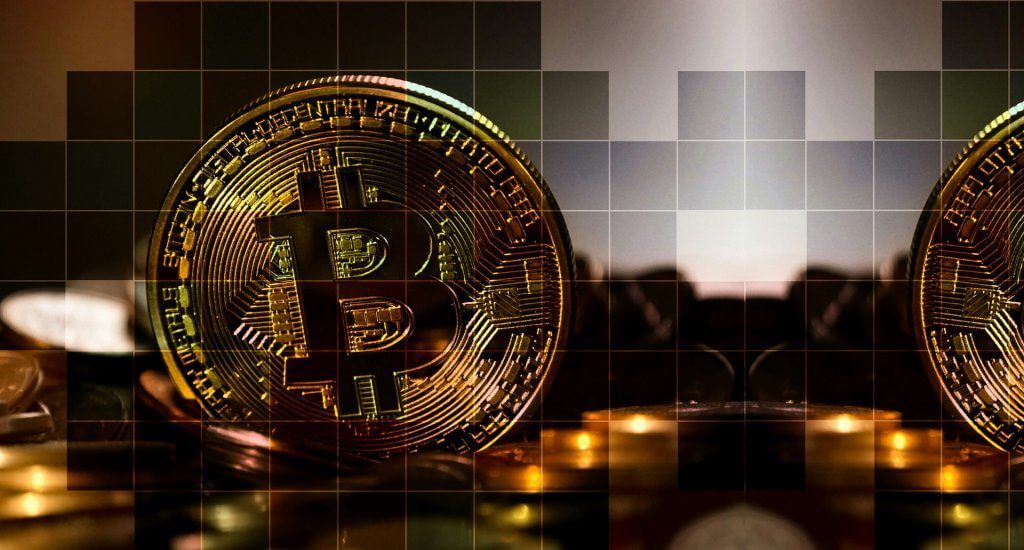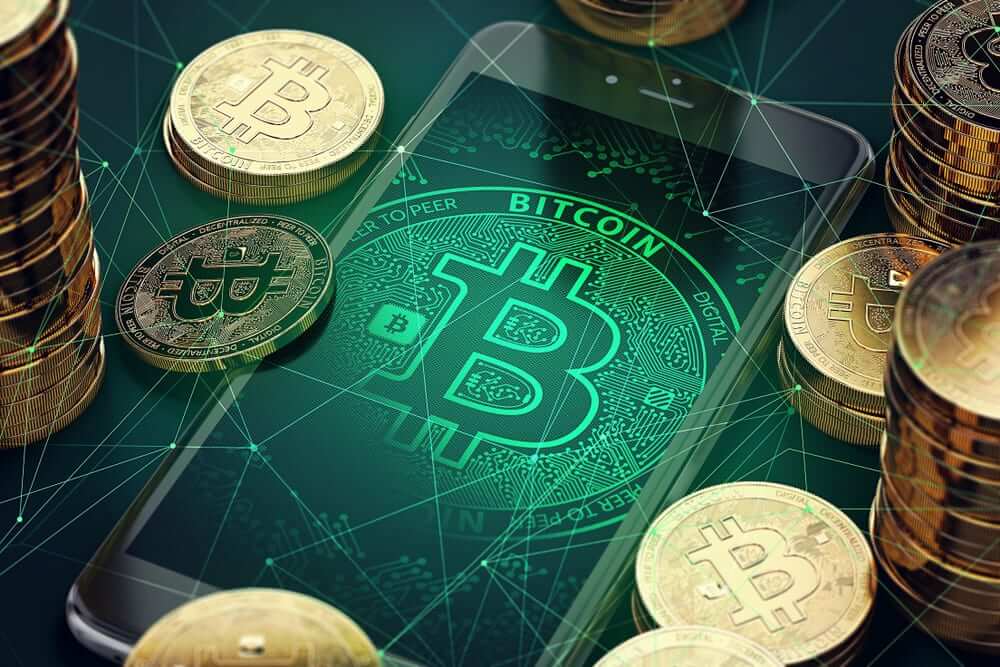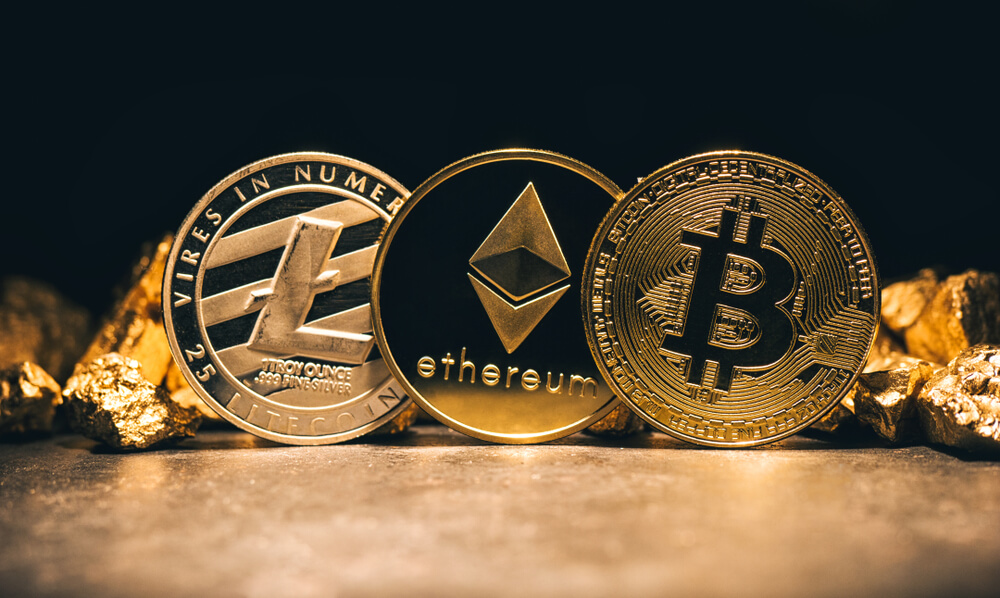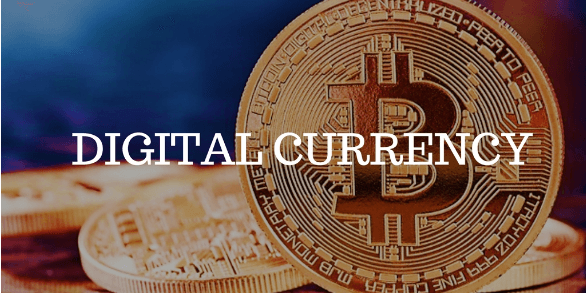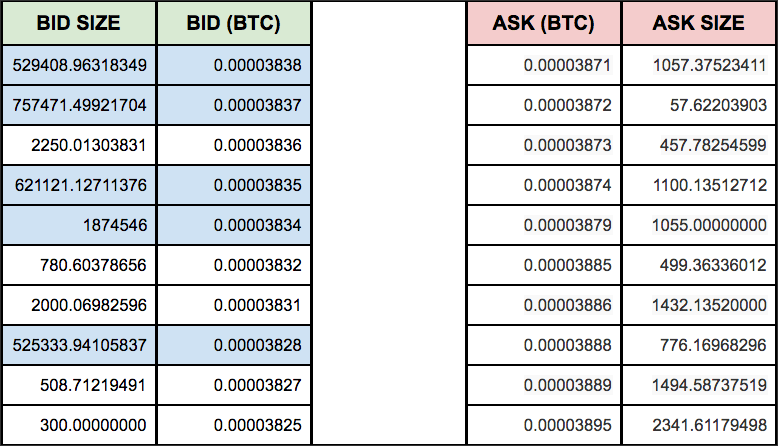Tether is a pioneer of a hybrid class of blockchain-based crypto coins referred to as Stable coins. These were developed with the sole purpose of addressing cryptocurrency volatilities synonymous with cryptocurrencies such as Bitcoin and Ethereum. The stability of Tether is made possible by the fact that each Tether coin issued is collateralized by traditional fiat currencies on a 1:1 ratio. The most popular stable coin today is the US dollar Tether(USDT).
But how safe and effective is the pioneer stable coin? Who can use this stable coin? What challenges has it faced to date, and what have been some of its solutions? We address these all in this comprehensive Tether Review.
What is tether, and how does it work?
Tether is a digital currency that seeks to provide you with the benefits of both an open-sourced blockchain technology and traditional fiat currency. According to Tether Limited, their systems convert cash deposits into digital coins whose value is tethered to the price of global currencies like the USD, EUR, and Yen. The company also claims to hold fiat currency in reserves that are equivalent to the Tether coins in circulation today. These Tether coins are then used to facilitate different crypto transactions. For instance, pure crypto-to-crypto exchanges, USDT serves as an alternative to the US Dollar.
Who can use the stable coin?
Like most other cryptocurrencies, there are no restrictions on the use of Tether across the globe. The stable coin has, however, received mass adoption by crypto traders and investors operating in crypto exchanges that do not accept fiat currencies. In this case, the stable coin has been used to load cash in an out of the different markets. Additionally, these crypto industry players have also been using the crypto coin as a hedge against different investments. Note that the increased circulation of these coins has also seen most crypto enthusiasts embrace Tether as a store of value.
How safe is Tether?
Tether derives its stability and safety from the fact that it was designed to always be worth $1.00. The unwritten rules of engagement between Tether and its USDT coin holders are that Tether Limited will, at all times, maintain a cash reserve of $1.00 for every tether issued. The company further promises to regularly audit and make public the company’s financial records.

These would show how much Tethers coins are in circulation at any given time and their cash and cash equivalent backings. While this sounds interesting, it should be noted that there is no contractual agreement between Tether Limited and its clients towards the fulfillment of this or other promises. We address these in detail in the risk and concerns section below.
Risks and concerns:
☑️Lack of proper auditing:
While Tether Limited claims to have backed tether coins 1-to-1 with traditional fiat currencies, they haven’t audited their financial records in more than two years. This didn’t go unnoticed by the crypto community, who demanded to know the ratio with which the company backs its stable coin. In reaction to this, Tether Limited had its lawyers – and not an audit firm – release a report about the same. Our concerns aren’t just on the lack of proper auditing reports but the qualifying language these lawyers use in drafting this report.
☑️The legitimacy of Tether reserves:
The lack of verifiable and reliable audit reports from Tether Limited makes us question their claim of 1:1 tether to fiat currency reserve. And our concerns are only aggravated by the fact that USDT coin holders don’t have the legal power to demand an audit from Tether Limited. The 1:1 reserve is just a promise that Tether can break anytime.
☑️Bitfinex – Tether collusion:
There were reports and that Bitfinex and Tether – both share common management – were using USDT to manipulate Bitcoin price. These reports that saw Bitfinex exchange Subpoenaed by the New York Attorney General claimed that Bitfinex was creating Virtual USDT and using it to wash trade Bitcoin. In another incidence, the New York Attorney General’s office accused Bitfinex of Using Tether’s funds to cover over $850 million missing funds. Both instances make us question the independence of Tether and its fiat currency reserves.
What we like and don’t like about tether
what we like:
![]() It reduces transaction time: Bank deposits and withdrawals in and out of different crypto exchanges can take between 1 to 4 days to process – or more during weekends. Tether transactions, on the other hand, take no more than a few minutes to complete.
It reduces transaction time: Bank deposits and withdrawals in and out of different crypto exchanges can take between 1 to 4 days to process – or more during weekends. Tether transactions, on the other hand, take no more than a few minutes to complete.
![]() Lowers transaction fees: Having to deposit and withdraw funds in and out of the bank every time you need to enter into a crypto position isn’t just tedious, but it is also expensive. Tether transactions are cheaper and relatively fast.
Lowers transaction fees: Having to deposit and withdraw funds in and out of the bank every time you need to enter into a crypto position isn’t just tedious, but it is also expensive. Tether transactions are cheaper and relatively fast.
![]() A safe haven during periods of unsustainable volatility: What happens when your preferred crypto assets hit unsustainable highs? The best move here is to cash out and wait for the coin to dip before making another buy. Tether presents you with the perfect safe-haven for your investments away from risky volatilities and the often-high withdrawal and deposit fees.
A safe haven during periods of unsustainable volatility: What happens when your preferred crypto assets hit unsustainable highs? The best move here is to cash out and wait for the coin to dip before making another buy. Tether presents you with the perfect safe-haven for your investments away from risky volatilities and the often-high withdrawal and deposit fees.
Downsides to the use of Tether:
![]() Zero-interest: The fact that Tether will always be valued at $1.00 implies that you don’t stand to gain from price fluctuation of interest. This makes it less attractive than bank deposits.
Zero-interest: The fact that Tether will always be valued at $1.00 implies that you don’t stand to gain from price fluctuation of interest. This makes it less attractive than bank deposits.
![]() Riskier than bank deposits: Banks are highly regulated, regularly audited, and deposits therein insured. Tether isn’t regulated and doesn’t live to its promise of transparency through regular audits. Furthermore, should you lose Tether funds, there is no guarantee that you will be compensated.
Riskier than bank deposits: Banks are highly regulated, regularly audited, and deposits therein insured. Tether isn’t regulated and doesn’t live to its promise of transparency through regular audits. Furthermore, should you lose Tether funds, there is no guarantee that you will be compensated.
Where can you trade tether?

Virtually all major crypto exchanges and a significant number of medium-sized exchanges accept USDT trades. The coin’s popularity within the crypto community is evidenced by the fact that it currently appears on the top-ten list of most traded crypto coins.
Final word
Tether has made significant contributions towards taming the crypto industry volatilities. It has provided traders and investors with an inexpensive, safe haven for their coins. It has also significantly cut down on time wastage experienced with bank transactions. There, however, are major concerns with regards to how Tether Limited manages their fiat reserves. These have dented the crypto community’s trust in the stable coin through breach of promise and lack of transparency. You, therefore, need to exercise caution when dealing with this controversy-rigged stable coin.

